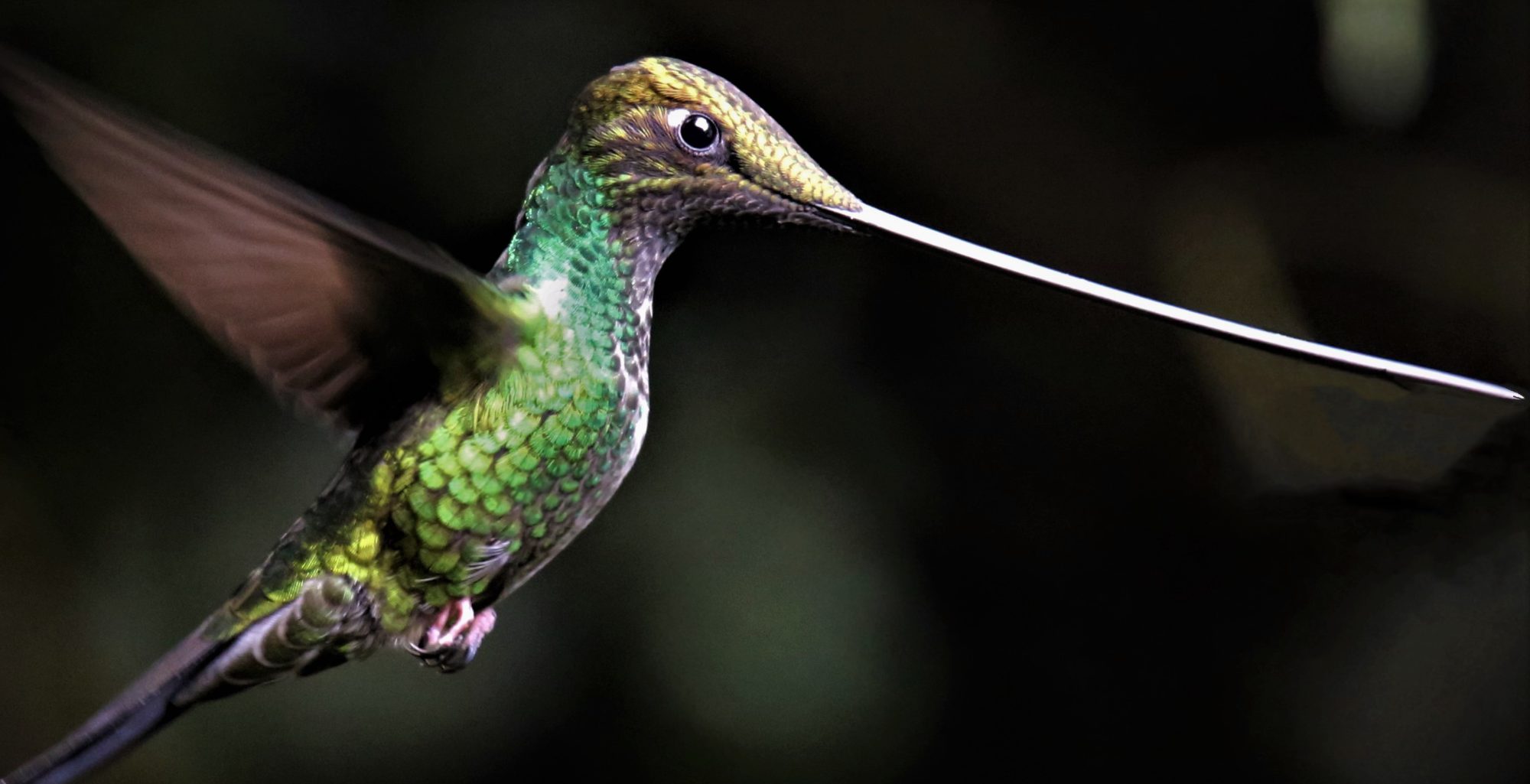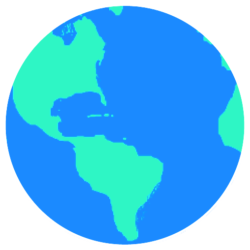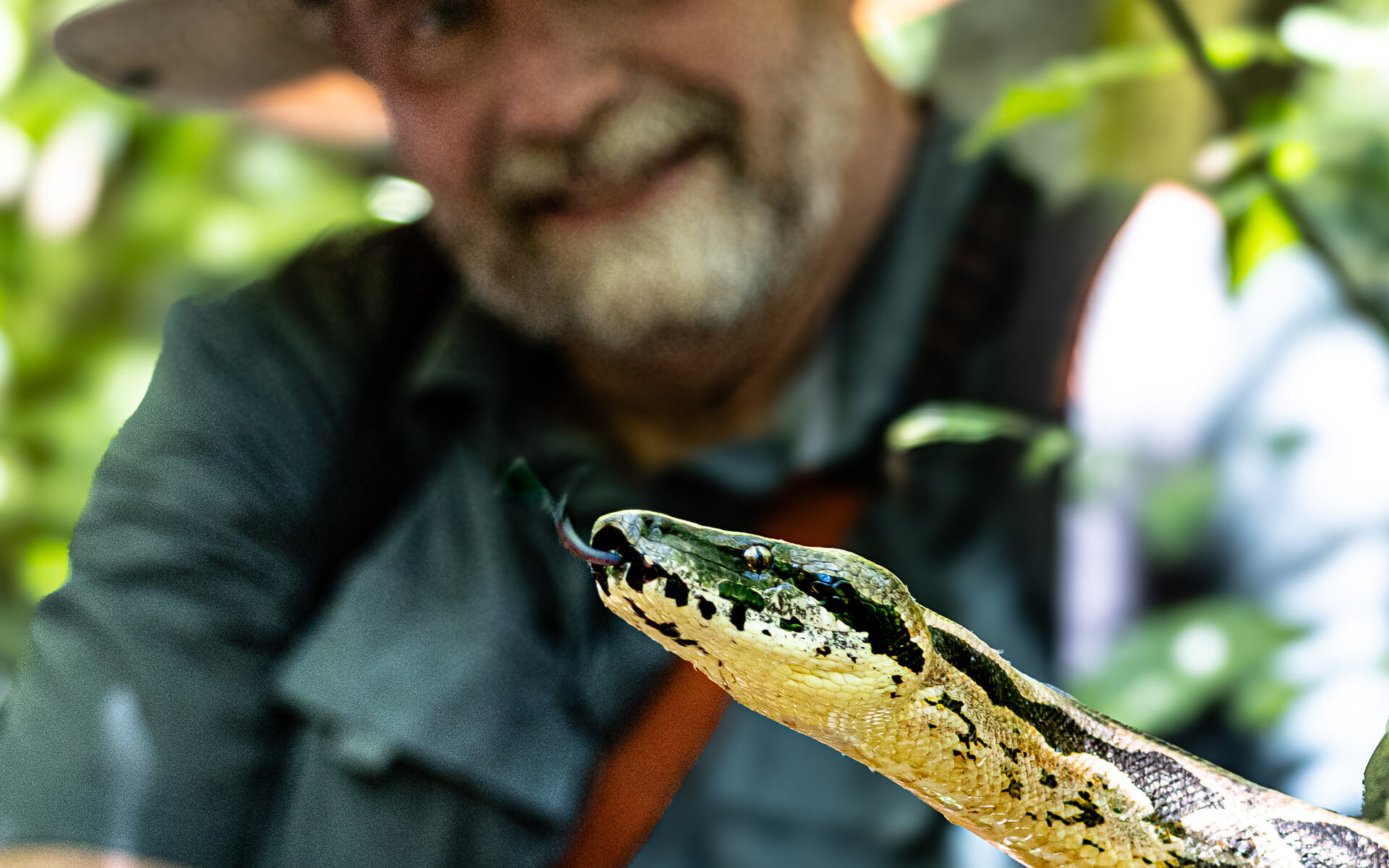On the first night together with the whole group on the 2024 trip we stayed and had dinner at the Nosy Lodge, where we met Jacques, our Malagasy guide for the rest of the trip. Jacques is a friendly and experienced tour guide from northern Madagascar who turned out to be invaluable on this trip. On the other two previous adventures, we travelled in a tour bus that carried the whole group. This time, for the majority of the trip, we had three four-wheel drive vehicles, and none of our drivers spoke much English. On the past two trips, we could count on Devin, who speaks fluent Malagasy, being in the vehicle with us. Devin speaks a dialect from central Madagascar, but all our drivers were from the northern region, which Devin said made communication a little tricky. Having Jacques along (being fluent in English, possessing a kind and gentle manner, as well as a sense of humor), made things go as smoothly as you can expect for things to go in Madagascar – especially considering we were traveling in the tropical cyclone season. The rains that come along with the season are what bring out the critters that all of us on this adventure were here to see. They aren’t all cute and cuddly, furry and fuzzy.
That last line stuck with me when I heard a scientist from the Smithsonian Institution (an expert on bats, but I can’t recall his name) speak to an auditorium full of high school students about conservation many years ago. He then explained that those creatures that are all of those things are lumped together and referred to as “the charismatic megafauna” and are used by conservation organizations as poster animals like the Panda is for the World Wildlife Fund. I grew up at a time when the first two Pandas were loaned to the National Zoo, less than a dozen miles from my childhood home. They are terrific ambassador animals, no doubt; but getting people to accept that conserving natural ecosystems, no matter what the creatures look like, is paramount. We need to protect as much intact habitat as we possibly can, or we humans will suffer the consequences of our own doing. At least that seems clear to me. To this I say, tourism may be one possible solution to getting people to understand the value of biodiversity and profit from it.
This year, the first place Devin put on the itinerary was a place called Lokobe Strict Nature Reserve. Viewed from above, while flying into the airport and from the sea while boating to “Lemur Island,” I could see that a substantial portion of Nosy Be has been set aside to let the forest remain wild. Even from a distance, it looks much different than most of the island of Nosy Be. It is true that a majority of the island has been transformed for commercial purposes like growing Ylang-ylang (a flower that is used to make Chanel No. 5 perfume), growing rice and other food crops in order to feed the people, as well as development of prime land for tourism and other uses. I wish that Lokobe was larger, but it is still an important refuge for many native animals and plants, both small and large; cute and grotesque.
People complain on reviews available online, that the parts of Lokobe they saw were not as wild as they should be or that they are too touristy, but I suspect that we are only allowed to see a small part of the strict reserve. The park we see might not be ideal, but you must visit with a trained local guide (albeit one that may be a little too eager to please their guests) which helps to increase the employment in the region. Additionally, you have to be willing to travel by a traditional outrigger to get there, again adding another occupation, while keeping the park itself roadless. Without a “buy in” from the local people, the strict reserve wouldn’t stand a chance. It would quickly be converted to short term profitable pursuits that benefit only a few. Our group had fun and appreciated it for what it was, a place with precious and unique wildlife. It was far less zoo-like than the experience we had on “Lemur Island.”
The photo above is of a Dumeril’s Boa (Acrantophis dumerili) in Lokobe being eyed by Lonny, one of the first timers to Madagascar who happens to be one of two veterinarians on the trip.
For a few more photos from our visit click here . Thanks again to Lonny Pace, who allowed me to use seven of his photos from Lokobe in the photo gallery.
And by the way, I am not against zoos. Not everyone can afford the time or money it takes to visit the remarkable animals of the planet in their natural habitat. Modern zoos, especially those accredited by The Association of Zoos and Aquariums (AZA), serve a valuable educational function and likely make people more inclined to want to conserve natural habitat. Not everyone is physically able to try and get out there and see it all either; zoos can help those who are not able or willing to travel to exotic places.


